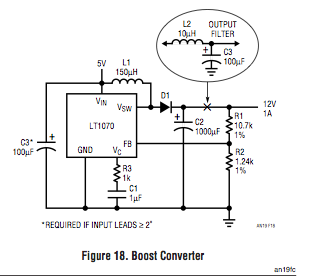DealExtreme is one of my favorite online stores. It's a distributor of inexpensive electronic gadgets based in China. I'm always finding something new there. The latest treasure is this little-but-very-bright bare LED:

DealExtreme lists it as a 10 watt LED (SKU 5876). Unbelievably it's just under $12 with shipping included!
Looking at the die shows that it is 9 discrete high-powered white LEDs in a single package. DealExtreme is bad about specs, but the comments in the DX forum seem to suggest that 700 mA at 12 volts is a reasonable spec for this LED. This would yield 8.4 watts.
(I'm wondering though if it isn't 3 x 350 mA @ 3.5 serial LEDs in a 3 parallel strings, which would be 1050 mA @ 10.5 volts. But for now, I'll run it at 700 mA).
DealExtreme lists it as 500-600 lumens @ 6500K color temperature.
As with most LEDs, you need a good current regulated driver circuit since you can't just run these things off a resistor. I decided that the easiest and simplest driver would be one based off the amazingly versatile LM317 chip.
As before, these sites have good javascript based circuit diagrams for calculating LED driver circuitry:
- http://diyaudioprojects.com/Technical/Voltage-Regulator
- http://www.reuk.co.uk/LM317-Current-Calculator.htm
Plugging my values (700 mA) into them yielded the need for a 1.8 ohm resistor with my LM317. Here's the schematic that I designed around those figures (courtesy of ExpressPCH):

Bodged together and plugged into a li-ion pack from my model helicopter and voila, an amazing amount of light. I'm thinking of using it on the headlight of my Piaggio (which currently uses a 3-watt LED) or to replace the bulb on my old 15-watt Niterider headlight, which has seen happier days.

(More photos and photometric testing after the jump)



 Now, if you want to use a high output Luxeon or Cree star, you also have to current regulate as mentioned before. The typical white high-output LED takes 350 ma with a forward voltage drop of 3.5 volts. With a light output of 120 lumens, this is good enough for a moped, scooter or bicycle headlight.
Now, if you want to use a high output Luxeon or Cree star, you also have to current regulate as mentioned before. The typical white high-output LED takes 350 ma with a forward voltage drop of 3.5 volts. With a light output of 120 lumens, this is good enough for a moped, scooter or bicycle headlight. 
Recent Comments